Beyond Sci-Fi: Fun Facts About Robotics That Will Blow Your Circuits

The field of robotics is truly captivating, as it blends elements of engineering, computer science, and artificial intelligence to develop machines for task execution. Whether it’s robots aiding in manufacturing or their humanoid counterparts engaging with people, robotics has witnessed progress in recent times. This piece delves into some noteworthy tidbits about robotics that underscore the potential of these creations and the imaginative individuals steering their development. If you are a tech enthusiast and curious about the future of technology, these fun facts about robotics are sure to amaze and inspire you.
“The Fascinating History of Robotics: From Ancient Automatons to Modern Marvels”
Throughout history, people have been fascinated by the idea of robots, from myths about gods creating automatons to the robotics technology we have today. The evolution of robotics is a journey that spans thousands of years, highlighting creativity and innovation over time.
The origins of robots can be traced back to civilizations, where stories and myths often featured creatures crafted by skilled artisans. One famous example is the legend of Talos, a bronze automaton made by the god Hephaestus to guard the island of Crete. In China, there were tales of men built by inventors like Yan Shi and Mozi believed to possess human-like qualities.
Moving forward to the Renaissance period, we witness the emergence of clockwork automata that captivated and entertained royalty and nobility. These intricate mechanical devices could carry out tasks and movements, demonstrating the advancements in engineering and craftsmanship during that era.
“More History and Fun Facts About Robotics”
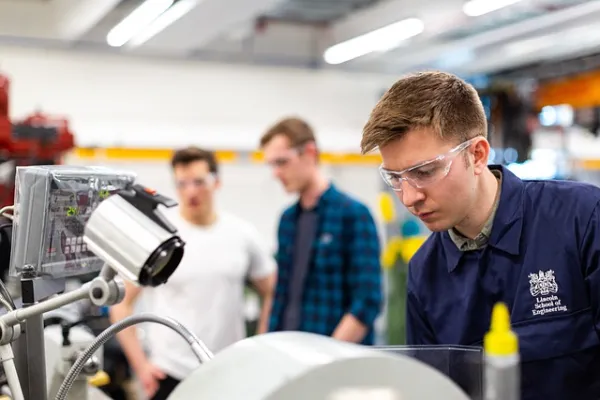
The Industrial Revolution led to progress in automation and machinery, setting the stage for robotics. In the 20th century, writers such as Isaac Asimov introduced the idea of intelligent robots through his “Three Laws of Robotics,” which outlined ethical standards for human-robot interactions.
By the mid-20th century, the first true robots emerged with Unimate, created by George Devol and Joseph Engelberger in the 1950s, marking a moment in manufacturing technology and laying the groundwork for robotic use across industries.
Today, robots play a role in our lives, from automated assembly lines in factories to self-driving vehicles on our streets. The field of robotics is advancing rapidly, with innovations in intelligence, machine learning, and sensor technology driving progress in research and development.
Looking ahead, the potential applications of robotics appear boundless. Whether it’s robots aiding in surgeries or humanoid robots engaging with people socially, there are a range of possibilities for integrating robotics into various fields. The history of robotics reflects inventiveness and resourcefulness by showcasing our ability to push boundaries and create truly remarkable machines.
“Did You Know? Fun Facts About Robotics and Artificial Intelligence”
Robotics and artificial intelligence (AI) are rapidly advancing fields. They are transforming the way we live and work. Here are some fun facts about robotics and AI that you may not be aware of:
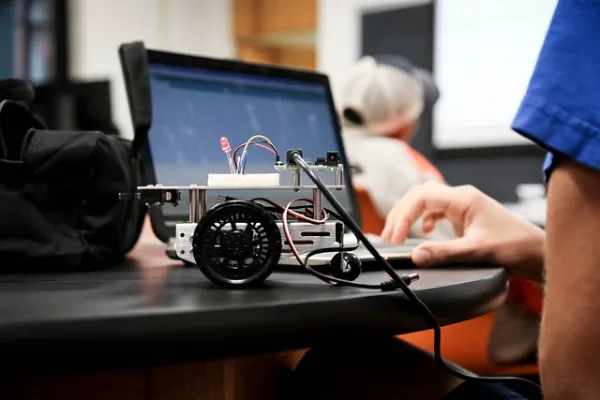
- The term “robot” was first introduced in a play called “R.U.R.” (Rossum’s Universal Robots) by Czech writer Karel Čapek in 1920.
- It comes from the Czech word “robota,” which means forced labor or servitude.
- The first industrial robot, called Unimate, was introduced in 1961 by American engineer George Devol. It was used to lift hot pieces of metal in a General Motors plant.
- Robotics and AI are used in a wide range of industries, including healthcare, manufacturing, agriculture, and transportation. They are increasingly being used to perform tasks that are dangerous, repetitive, or require a high level of precision.
- AI is not just limited to robots – it also powers virtual assistants like Siri, Alexa, and Google Assistant, as well as recommendation algorithms used by companies like Netflix and Amazon.
- The field of robotics is constantly evolving, with researchers working on developing robots that can learn from their environment, collaborate with humans, and even exhibit emotions.
- Despite the progress made in robotics and artificial intelligence, there remain social dilemmas associated with their utilization. Matters like job displacement, algorithmic bias, and privacy issues are widely discussed within the industry.
- Experts anticipate that robotics and AI will significantly influence society in the years to come, potentially transforming industries, opening up job prospects, and enhancing the well-being of individuals globally. To sum up, robotics and artificial intelligence represent advancing domains brimming with potential for the future. By keeping up with the advancements and participating in conversations regarding the considerations surrounding these technologies, we can contribute to their responsible and beneficial utilization.
“Robotics in Pop Culture: How Fictional Robots Have Inspired Real-Life Innovation”
Robots have been a theme in various forms of media, such as books, movies, and TV shows. Characters like R2 D2, and C-3PO from Star Wars or the intimidating Terminators have fascinated audiences for years.
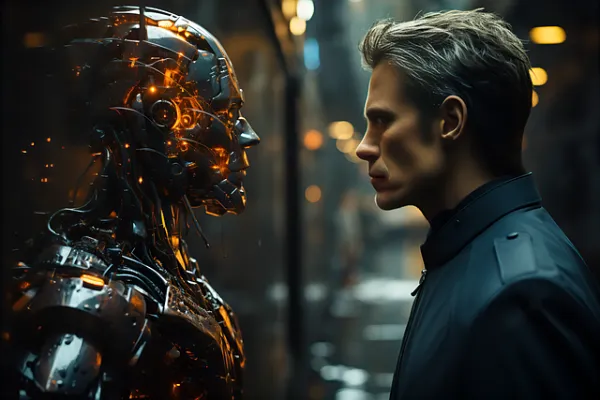
These fictional robots are not. Also influence real-world technological advancements. The innovative ideas and capabilities depicted in the media have motivated scientists and engineers to explore possibilities in the field of robotics.
For instance, Honda’s humanoid robot ASIMO drew inspiration from Astro Boy, a known character created by Osamu Tezuka. ASIMO was developed to imitate movements and engage with its surroundings for Astro Boy.
Likewise, the idea of self-driving cars now being worked on by companies like Tesla and Google can be linked back to the vehicles seen in science fiction tales like “I, Robot” by Isaac Asimov and “Minority Report” by Philip K. Dick.
The concept of exoskeletons currently aiding individuals with mobility challenges can be traced back to the armor suits depicted in movies such as Iron Man and Aliens.
The impact of robots on technological advancements is immense. By expanding the realm of what we deem achievable and sparking concepts and innovations, these fictional entities play a role in shaping the future landscape of robotics.
“Unbelievable Fun Facts About Robotics: Jaw-Dropping Innovations and Breakthroughs”
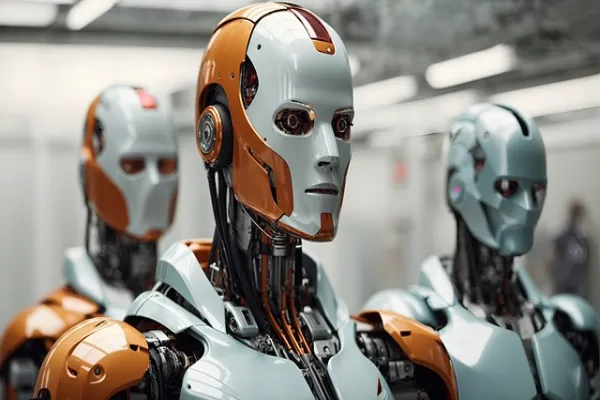
The field of technology has seen progress in recent years pushing the boundaries of what was once deemed impossible. From self-driving vehicles to robots resembling humans, the abilities of these machines never fail to impress and spark fascination. Keep reading the fun facts about robotics.
A major advancement in robotics is the development of cars. Corporations like Tesla and Google have made strides in creating vehicles that can navigate roads without input. These cars rely on a mix of sensors, cameras, and artificial intelligence to understand their environment and make real-time decisions. The impact of this technology is far-reaching, from reducing road accidents to enhancing transportation efficiency.
Another notable innovation in robotics is the design of robots. These robots are crafted to mimic humans in appearance and movement, aiming to assist in tasks across industries. Companies such as Boston Dynamics have introduced robots like Atlas and Spot for walking, running, and executing feats. These robots hold promise for transforming industries like construction, healthcare, and entertainment.
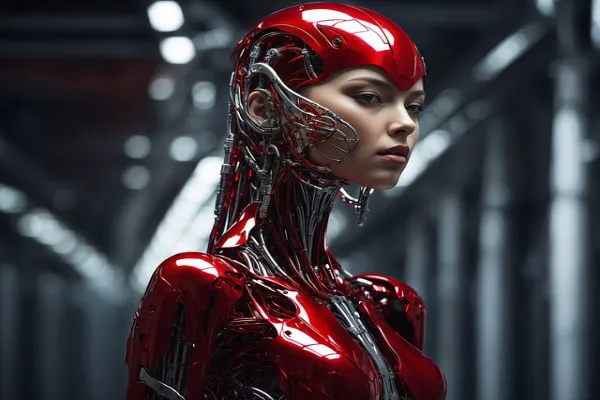
In the realm of medicine, advancements in technology have been remarkable. Surgeons now have the capability to conduct procedures with enhanced precision and accuracy by utilizing robotic-assisted systems. These systems enable surgeries, leading to quicker recovery times and better outcomes for patients.
Conclusion
The progress in robotics is truly astounding. The potential applications of these machines are limitless. Their societal impact is significant. With development, one can only speculate on the incredible achievements that robotics will bring about in the future.
To sum up, robotics is a captivating field that continues to progress and innovate at a rapid pace. Whether it’s their role in manufacturing, healthcare, exploration, or entertainment, robots play a part in our lives. Exploring facts and the history of robotics can deepen our understanding and appreciation of the technology that shapes our world and motivates us to explore frontiers of possibilities.